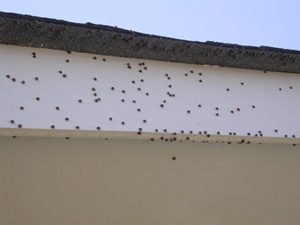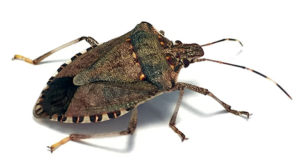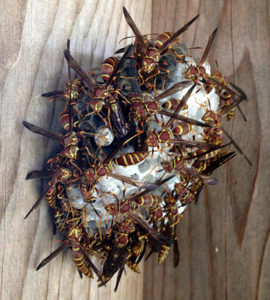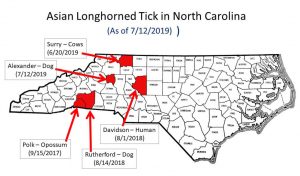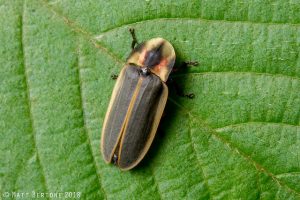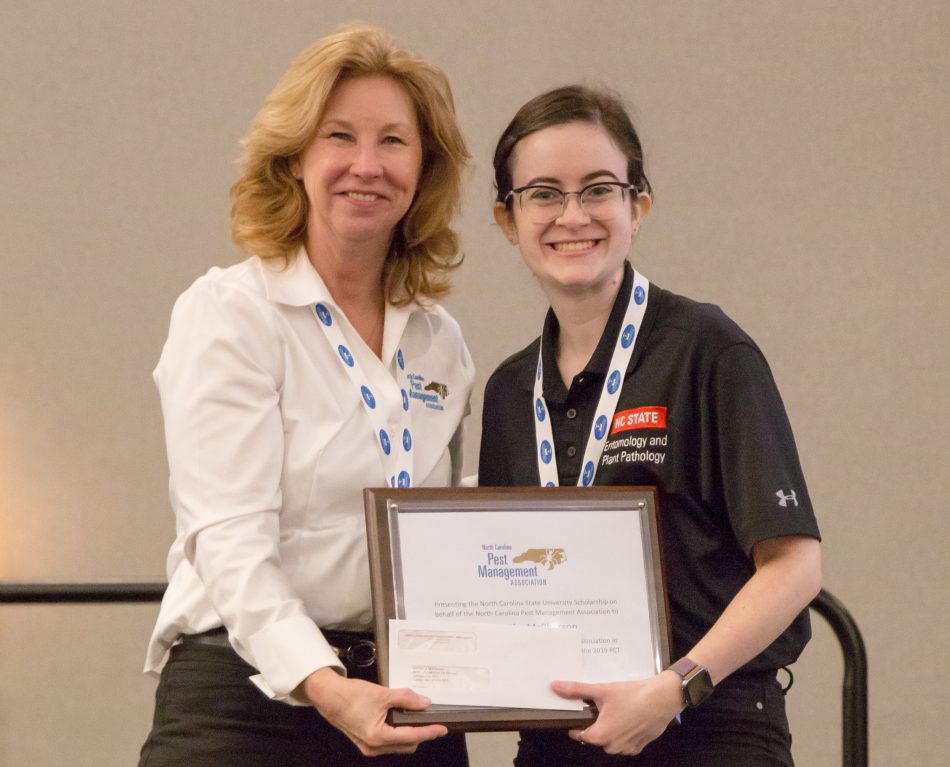Rain across many areas of North Carolina over the next few days followed by warmer temperatures will likely bring about a surge in termite swarm begin. Most termites in a colony are wingless. However, at this time of year, we see a new batch of winged reproductives (future queen and king termites) who will build new colonies (See Termite Swarmers – What Do They Mean for You?). Aside from having wings, swarmers look different from the colony’s worker termites which are wingless and white in color. Swarmers are dark in color and more resemble what many people call “flying ants” (which is a generic term for the reproductives of any number of ant species). The easiest way to distinguish winged termites from winged ants is that ants have a “thin waist” similar to wasps.

Shed termite wings on a window ledge are likely a sign of a infestation in the home
Termites typically swarm during the daytime and often after rains. They appear suddenly and may be around for a few hours and then suddenly disappear. Very often, the only sign of their activity are their shed wings scattered about the area (as seen in the image here). If swarmers are seen outdoors, take it as nature’s way of reminding you that termites live all around us. HOWEVER, that does not necessarily mean that they’re invading our homes. The solution? Take the hint and consider contacting a pest management professional to inspect your home to look for any other sign of termite activity. This can be particularly helpful if your home has not been treated or inspected for more than 8-10 years. If termites swarm inside your home, this more likely means that you’re hosting a family of several thousand termites. If you have a termite contract, contact the pest management company immediately and arrange for an inspection. If you don’t have a contract, it is best to contact 2-3 companies and have them inspect your home and give you an assessment of any problems and how they propose treating it.
With termites, a “do-it-yourself” approach is probably not a good choice. Termite treatments include the use of a liquid insecticide applied to the soil and/or the use of an in-ground termite baiting system. The choice of treatment may be a matter of your preference or dictated somewhat by the type of construction of your house (e.g., crawlspace, slab or basement) and other factors such as foundation drains or encapsulated crawlspaces. We don’t recommend one type of treatment over another. The best piece of advice we can give you is to take your time and compare the treatment proposals in terms of the method of treatment, the cost of the treatment, and the terms of the warranty that the company provides. Most contracts are renewed annually and come with an annual fee of $125 – $350 (depending on the type of treatment you have). Termites are not going to cause significant damage in the 7-14 days that you might use to make your decision on how best to protect your home and. In many cases, the company may have to schedule you 1-2 weeks out anyway as they get busier at this time of year.
For more information about controlling termites, click HERE


